The sun news, features and articles
Latest about The Sun
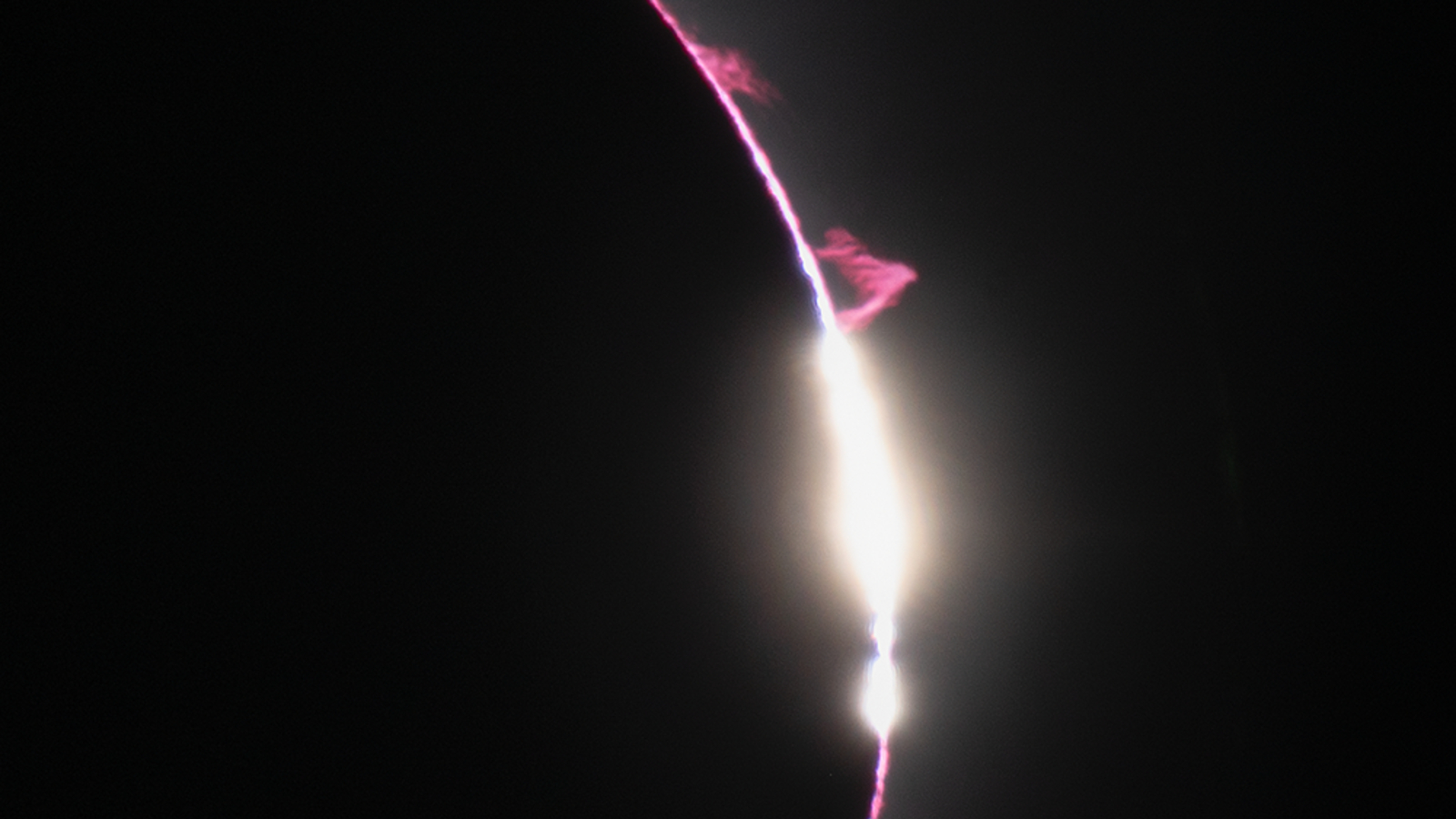
No, you didn't see a solar flare during the total eclipse — but you may have seen something just as special
By Harry Baker published
Several media outlets have incorrectly claimed that explosive solar flares were spotted during the April 8 total solar eclipse. But there were no flares during totality, so what did people see?
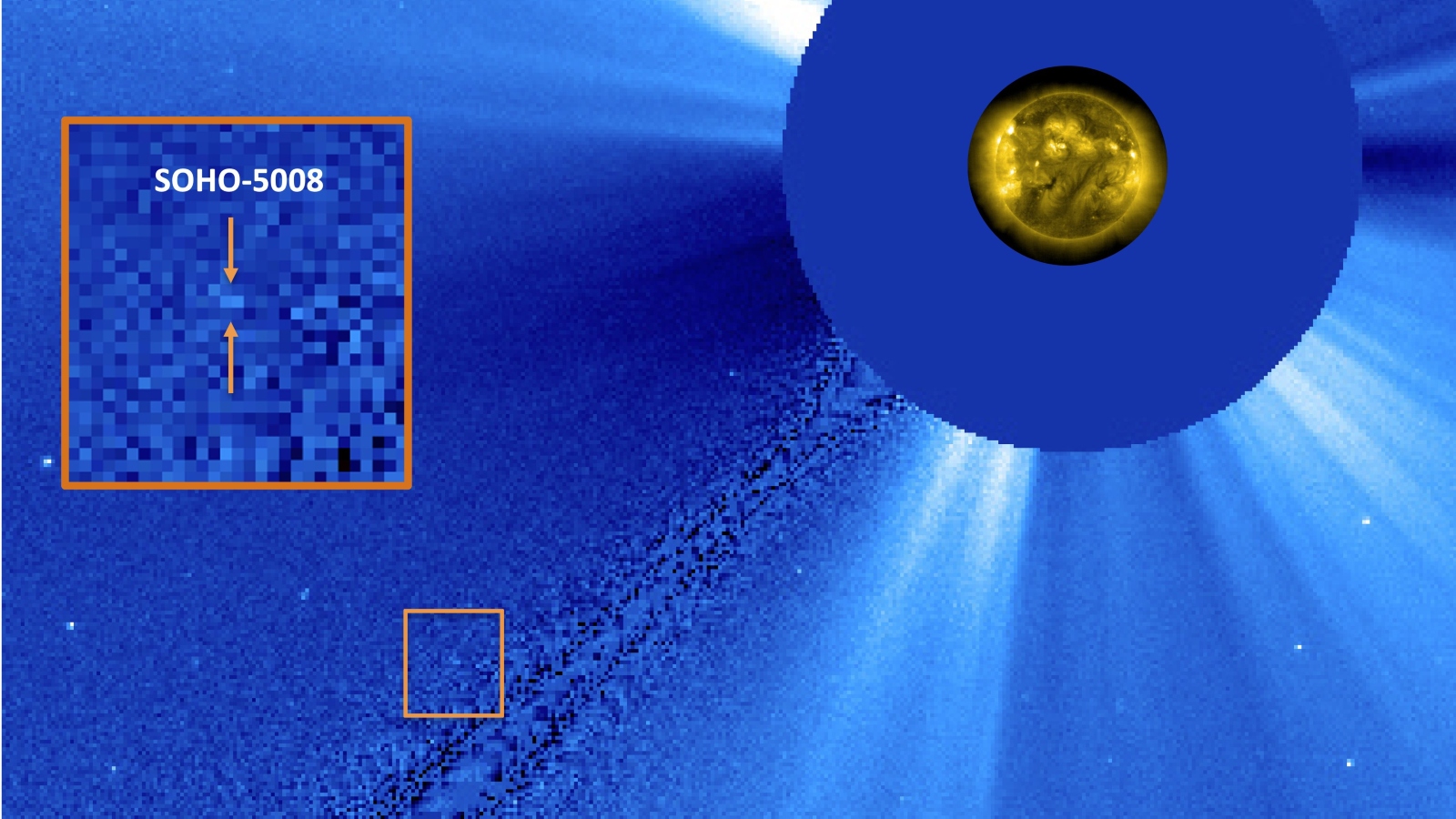
Total solar eclipse reveals tiny new comet moments before it was destroyed by the sun
By Harry Baker published
On April 8, just a few hours before the total solar eclipse, an amateur astronomer discovered a small "sungrazer" comet in close proximity to our home star. The newfound object was photographed during totality before disintegrating into nothingness later the same day.
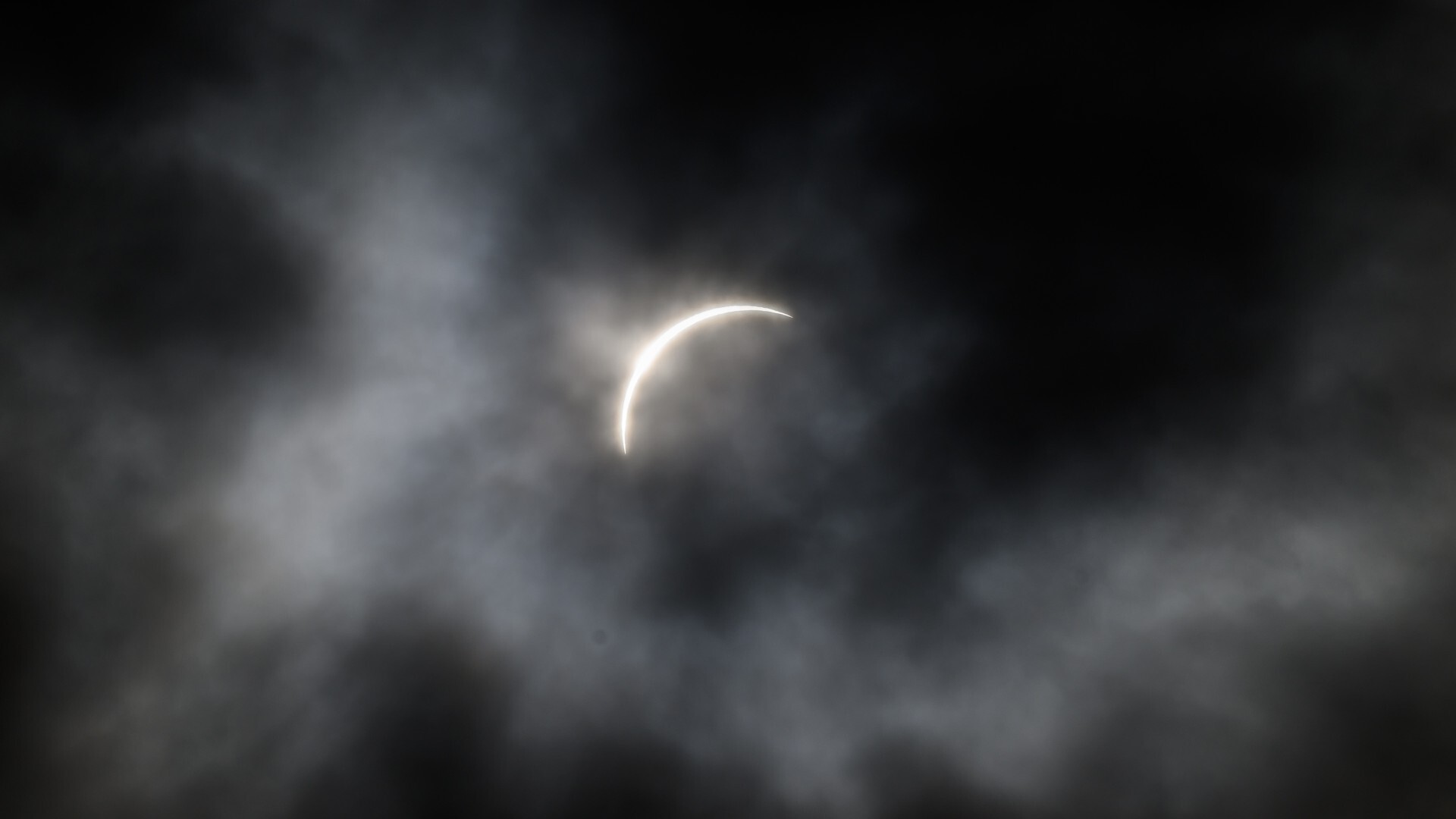
'You could feel the energy and wonder': Despite clouds, totality wows crowds during solar eclipse in Syracuse
By Rebecca Sohn published
The total solar eclipse on April 8 plunged Syracuse, New York's Milton J. Rubenstein Museum of Science & Technology into darkness for 90 seconds, creating a wondrous and memorable totality.
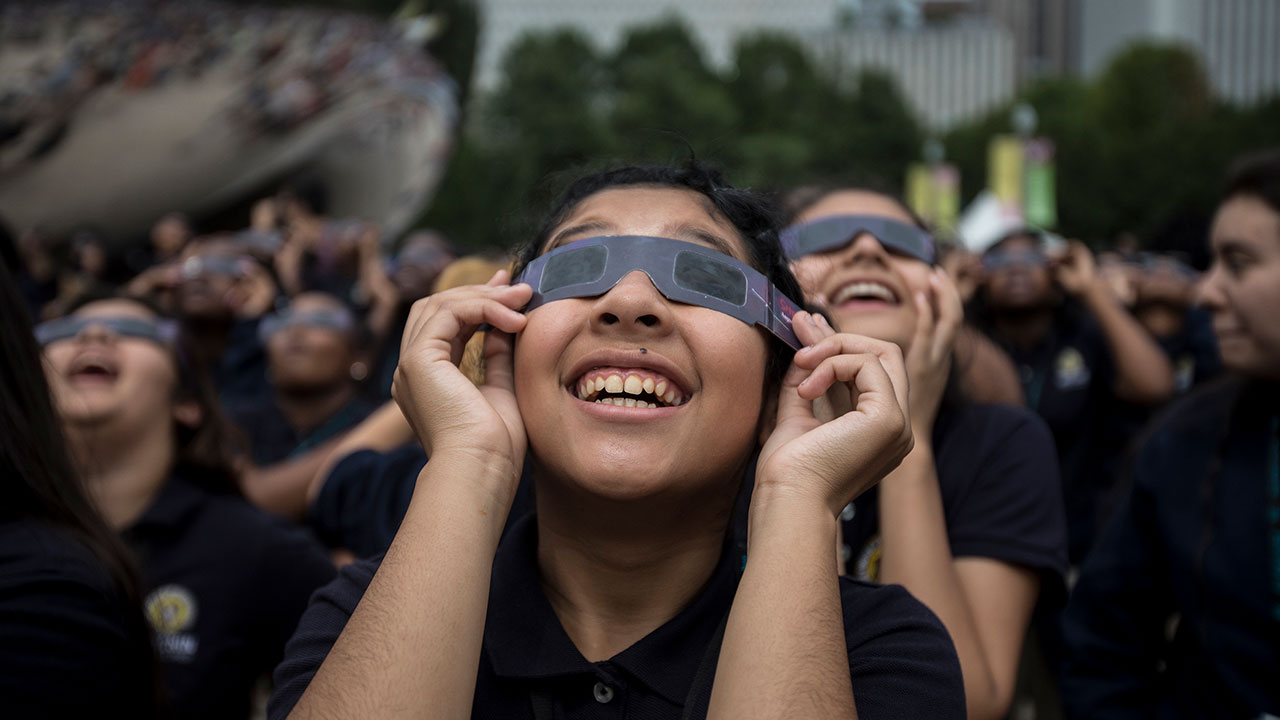
What should you do with your used solar eclipse glasses?
By Samantha Mathewson published
Now that the April 8 solar eclipse is over, what should you do with your used solar eclipse glasses? One option is to donate them to underserved communities, so needy folks can watch future eclipses safely.
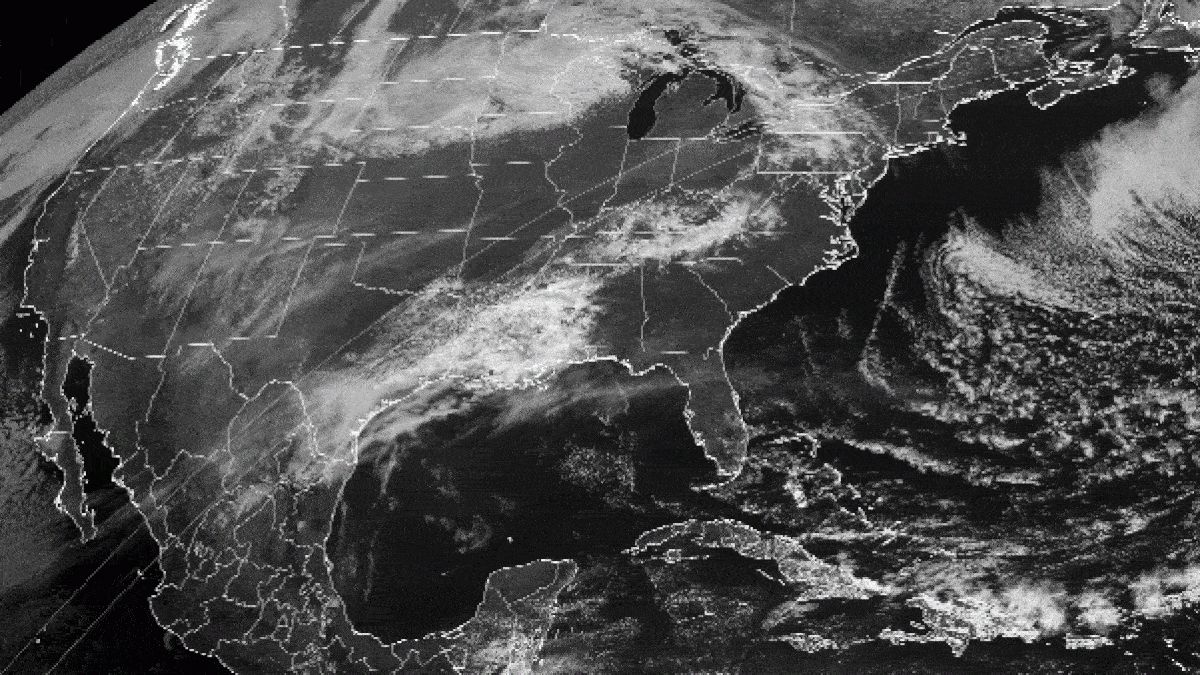
Eclipse from space: See the moon's shadow race across North America at 1,500 mph in epic satellite footage
By Harry Baker published
Satellite images show the moon's gigantic shadow sweeping across North America during the April 8 total solar eclipse. Astronauts on board the ISS also captured stunning shots of the enormous dark patch.
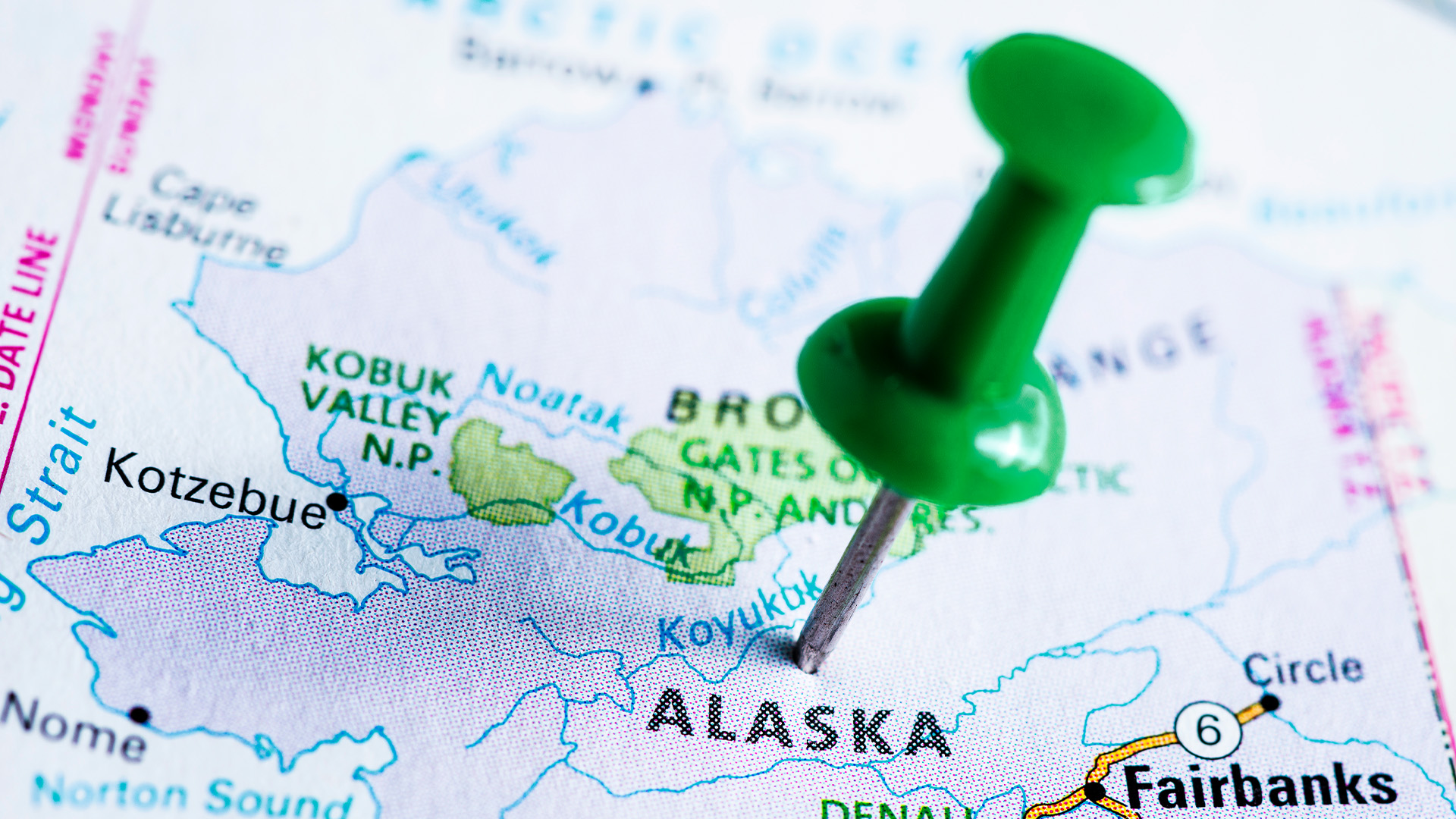
When is the next total solar eclipse after 2024 in North America?
By Jamie Carter published
After the total solar eclipse on April 8, North America will have to wait exactly eight years, 11 months and 22 days for its next glimpse of the sun's corona.
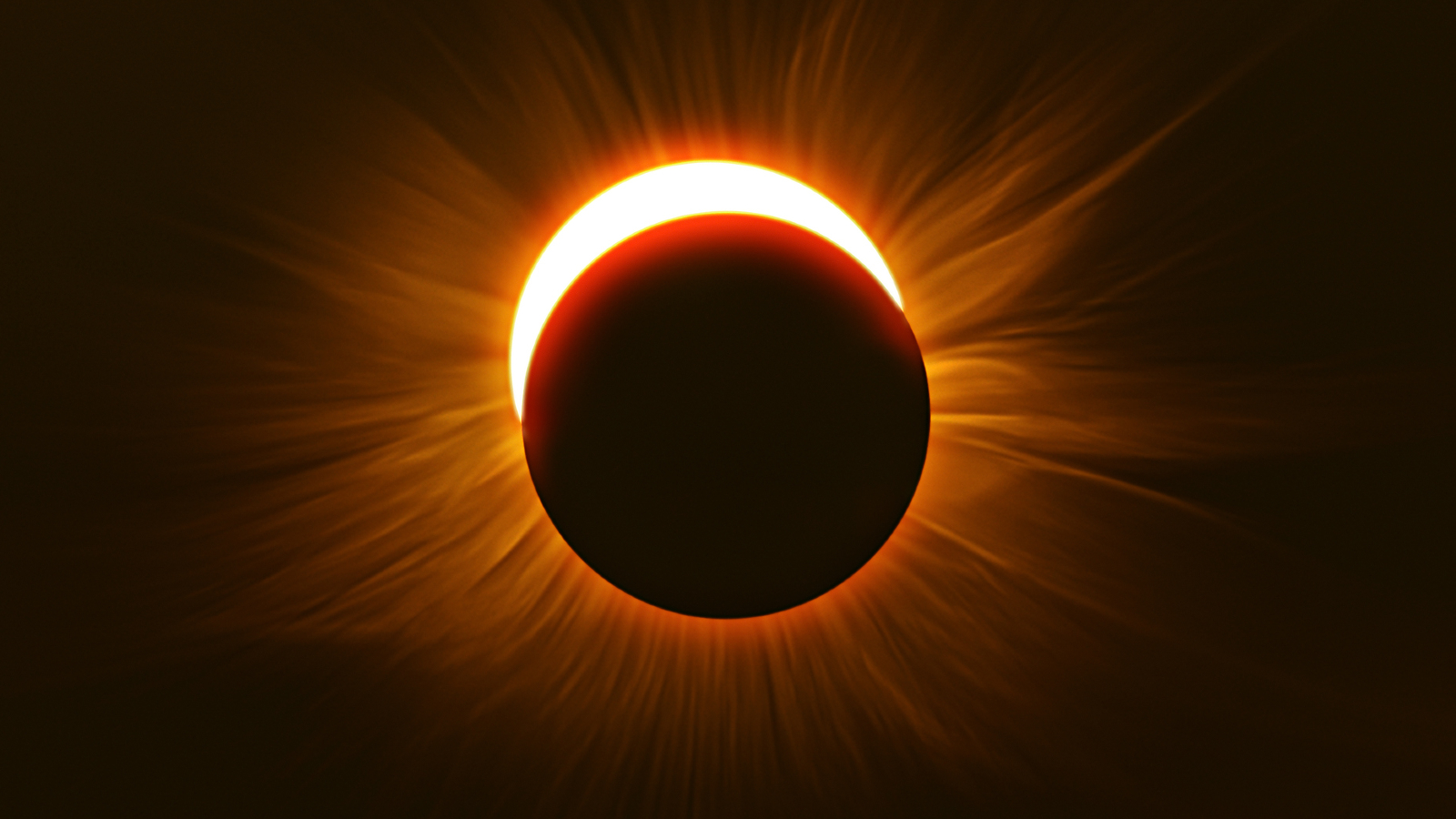
Myth busted: Total solar eclipses don't release special, blinding radiation, NASA says
By Ben Turner published
Today's total solar eclipse won't produce any especially harmful radiation, but that doesn't mean you should look at it with your bare eyes.
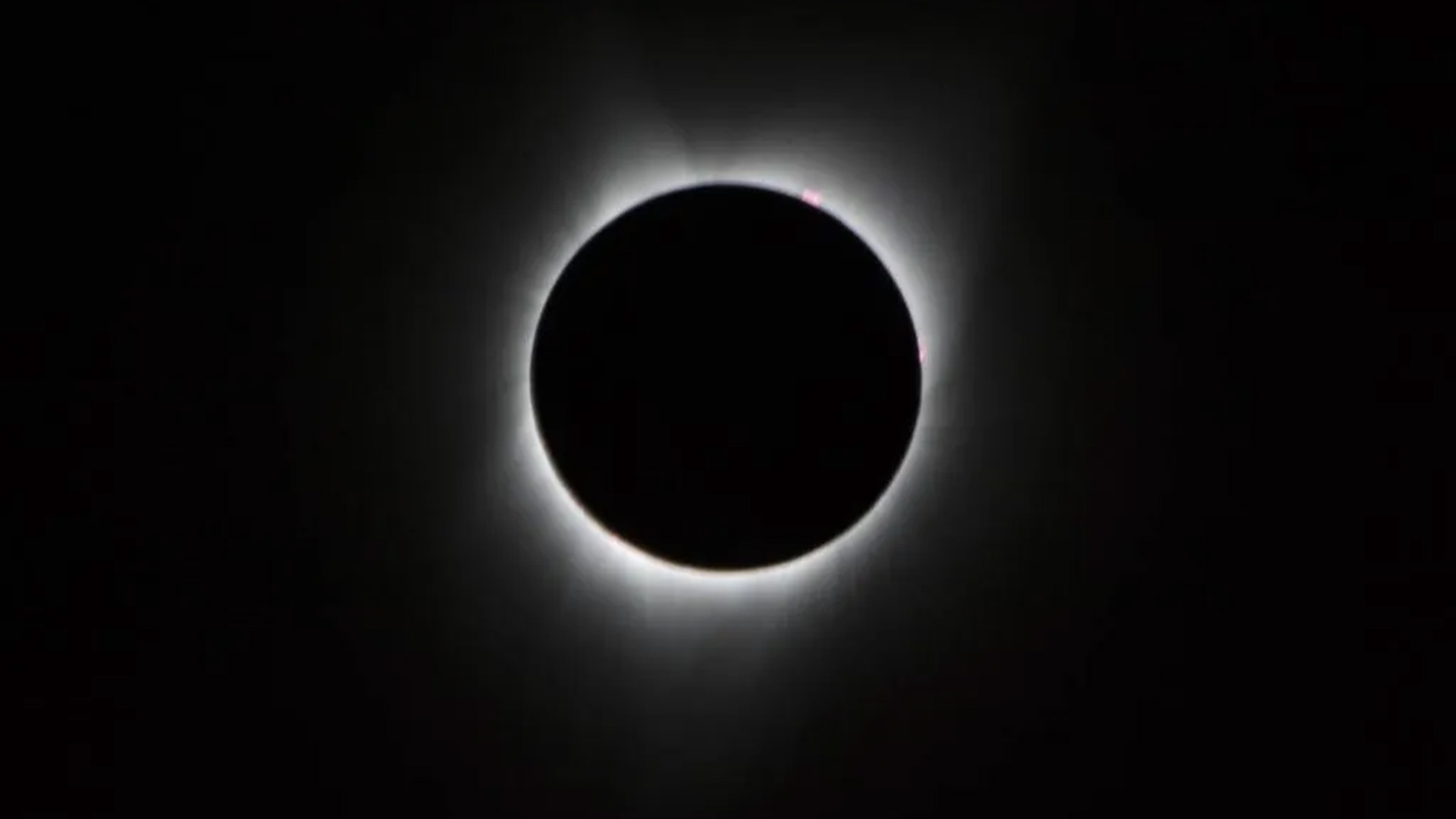
Watch live! The total solar eclipse has begun over North America.
By Sharmila Kuthunur published
The long-awaited total solar eclipse of 2024 has begun — and you can watch NASA's unparalleled view of totality right now in this free live stream.
Sign up for the Live Science daily newsletter now
Get the world’s most fascinating discoveries delivered straight to your inbox.

